There are countless puzzlers on the market and a great many Tetris games too, but Tricky Towers brings something genuinely novel to fans of both. Featuring all the classic Tetris shapes you’re no doubt familiar with, from the versatile L piece to the frustratingly rare line block, this new Switch game adds realistic physics to the age-old formula of neatly stacking Tetris blocks.
It’s a solid idea, executed very well for the most part I was delighted to find. There are three main game modes, survival, puzzle and race, but all are built around the same core gameplay. Blocks slowly descend from the top of the screen, giving you time to horizontally position and rotate them to be strategically stacked on top of each other. The twist is that they behave realistically under gravity, toppling over and sliding along each other if not placed with care. There’s plenty of room for out-of-the-box thinking, and I won’t spoil any of the creative ways to solve problems as these eureka moments are truly satisfying. The game is challenging and will demand you figure out how to take full advantage of any block in any situation. Physics is an inherently intuitive mechanic, but still, you will spend early sessions exploring what works and what doesn’t, pushing your luck and inevitably watching many Jenga moments unfold as your once-sturdy towers come crashing down.
The three game types can be played in local or online multiplayer with two to four players. They’re also present in single player which features an endless run mode – highly replayable for chasing top scores – and a trials mode which has fifty levels to complete, each being one of the three types. Puzzle type is the most methodical, asking you to fit a fixed selection of blocks into a small area without dropping any. There’s no randomness involved, only skill, and while these can be very difficult at times, they’re the fairest and most satisfying to complete. However, race and survival game types produce blocks in random order so it’s tempting to blame luck, not yourself, when attempts go badly. Race asks you to stack blocks higher and higher until your tower reaches a target altitude within the given time limit. On the other hand, survival asks you to stack a set number of blocks without dropping more than two in the process. Both are generally fun and addictive, but they also add challenge by periodically plaguing your innocent building ambitions with ‘dark magic’. This comes in many forms, such as locking blocks in one position, preventing rotations, or speeding up fall speed to a stressful degree. These, and many other potential curses, are enough to make one-try completions of many levels near impossible. Luckily, the pause menu offers a retry option, a simple but crucial feature.
Unfortunately, while they don’t completely ruin this great game, the dark magic attributes can be very frustrating at times. Locking blocks into place is a great added challenge, keeping the gameplay focus on puzzle solving but with a twist. Increasing the fall speed of blocks, on the other hand, is frustrating and shifts the game’s focus from its main strength – puzzle solving – to a reaction-speed test. Another example of dark magic is a fog that appears over your tower, making it very difficult to strategically place new blocks on top; this one simply isn’t fun at all. Because of this, the race and survival game types can feel difficult for the sake of being difficult rather than being an entertaining, fair challenge.
Finally, the game is incredibly fun to play multiplayer and anyone can easily jump in for local competitive action. Players who don’t own the game are unlikely to struggle too much against those who do. The familiarity of the Tetris blocks combined with the natural intuitiveness of physics-based gameplay makes catching up relatively easy. Players can also cast dark magic on each other during matches, adding more randomness and chaos, evening out any remaining skill gap between players, making each match anyone’s game. The same applies in online multiplayer which is addictive and even awards experience points after matches, giving some reason to stay invested in playing for longer. The only glaring flaw here is that I couldn’t find any way to play with people on my friends list – it seems that only random matchmaking is supported, unfortunately.
Overall Tricky Towers is an excellent idea, generally well executed, with a few areas that could use improvement. Ultimately though, it’s fun to play alone, with friends, or with strangers, and puzzle game fans will no doubt find many hours of enjoyment.
Review: Tricky Towers (Nintendo Switch)
Very Good
Overall Tricky Towers is an excellent idea, generally well executed, with a few areas that could use improvement. Ultimately though, it’s fun to play alone, with friends, or with strangers, and puzzle game fans will no doubt find many hours of enjoyment.

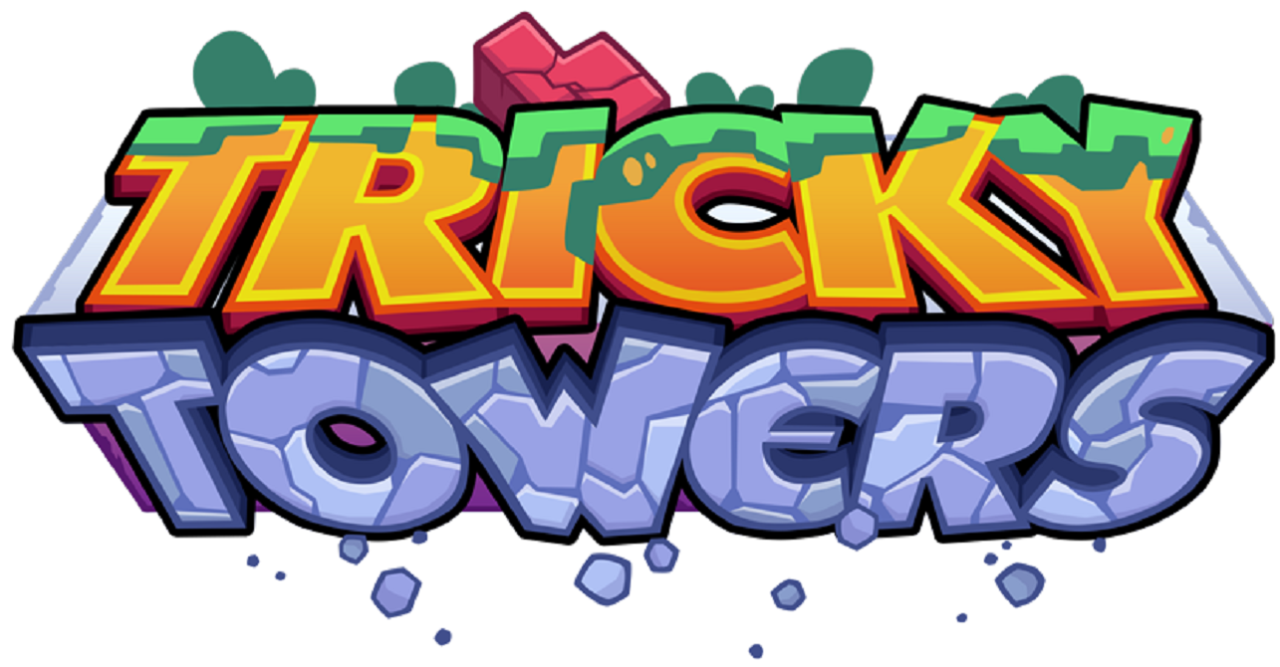
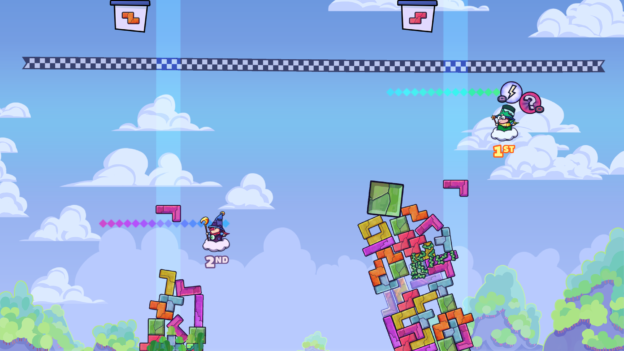
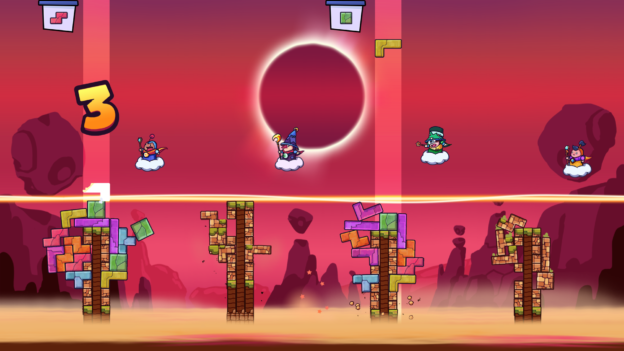

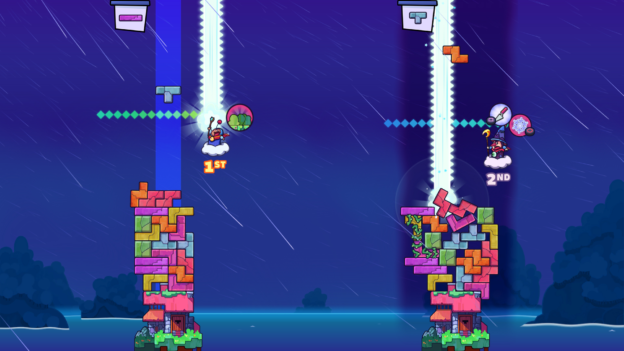
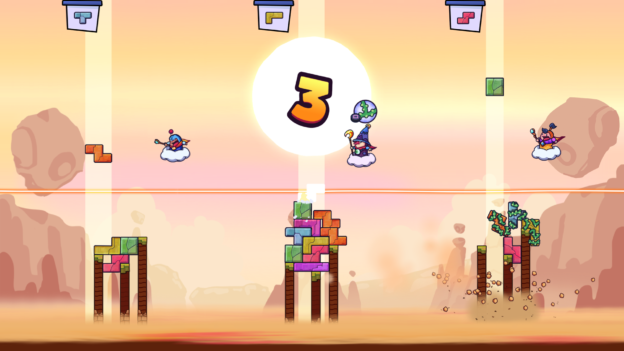

May 22, 2020
[…] Pure Nintendo favorite (scoring 8 out of 10 in our review) Tricky Towers will soon be getting a physical version for Nintendo Switch owners to add to their […]